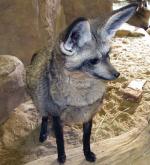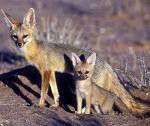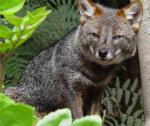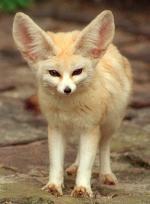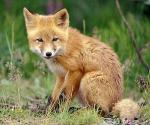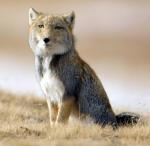| Dog | Cat | Horse | Cow | Sheep | Goat | Pig |
| Donkey | Tiger | Wild Cat | Wolf | Bear | Fox | Birds |
Foxes in CaptivityThe fox is a highly adaptable animal, so they have no trouble at all living in captivity. The life for one in the wild can be over in just a couple of years, but some have been known to survive for more than a decade. A fox in captivity though is able to live for approximately 20 years. With them in such an environment at zoos, humans can see the animals and learn more about them. The Red Fox is the one most common found in captivity. This particular species has a reddish coat with shades of brown. It also has a very bushy tail. The Gray Fox is another that seems to be found often in captivity. The other species are out there but not to the same degree. By offering those species of fox in a zoo setting that are the most popular though more people will be coming to see those attractions. Researchers also use this type of environment to be able to observe what they are doing on a daily basis. In many facilities they have special cameras that allow researchers to be able to see on computer screens what the fox are doing as they move around at night in these facilities. This has provided a great deal of information about their home range patterns and their hunting abilities. One aspect of having the fox in captivity that has been studied is the fact that they are susceptible to various diseases in the wild. There haven’t been too many outbreaks in a captive state. When they do occur, experts can help to isolate the problem and to prevent it from spreading to other fox. This can help with offering help when the fox in the wild is affected and reduce fatalities. The fact that the fox doesn’t suffer any type of stress when they are placed into captivity is a very important thing for researchers to evaluate. This is very different from what other types of animals experience. Perhaps learning why this is can help experts reduce the stress for other animals in the future when they are being placed into captivity. One down side to the fox being so comfortable here is that too many people see them as being on the side of able to be domesticated. There are known operations in Canada for example where the fox is kept in captivity. The young are sold as pets and many people want to raise them as you would a dog. While they do adapt to such an environment a person always has to remember that they are indeed wild animals. There is plenty of controversy out there about the fox in captivity though. Many animal right groups don’t seem to think it is necessary. The fact that the fox is quite versatile and can do well in a variety of environments means it should be able to thrive out there in a natural setting. They aren’t happy with these animals being kept in cages. One way that zoos have tried to offset these controversies is to offer very large, open areas for the fox to reside in. They do have high fences around the perimeters of the fencing to keep the fox from escaping. However, they are able to roam around in a very large area just like they would in the wild. Many of them go the distance to keep their hunting skills up too. For example they will bury pieces of meat in areas and then the fox will dig for it. They will put small animals including rabbits into the area so that the fox can hunt for them. The result of this is that the fox remain active and they continue to rely upon their natural instincts while they are in a captive environment. |
|
|
|
|

